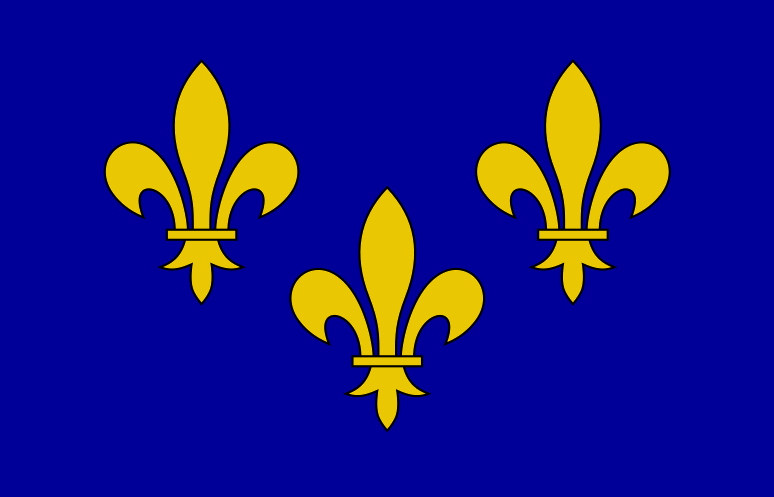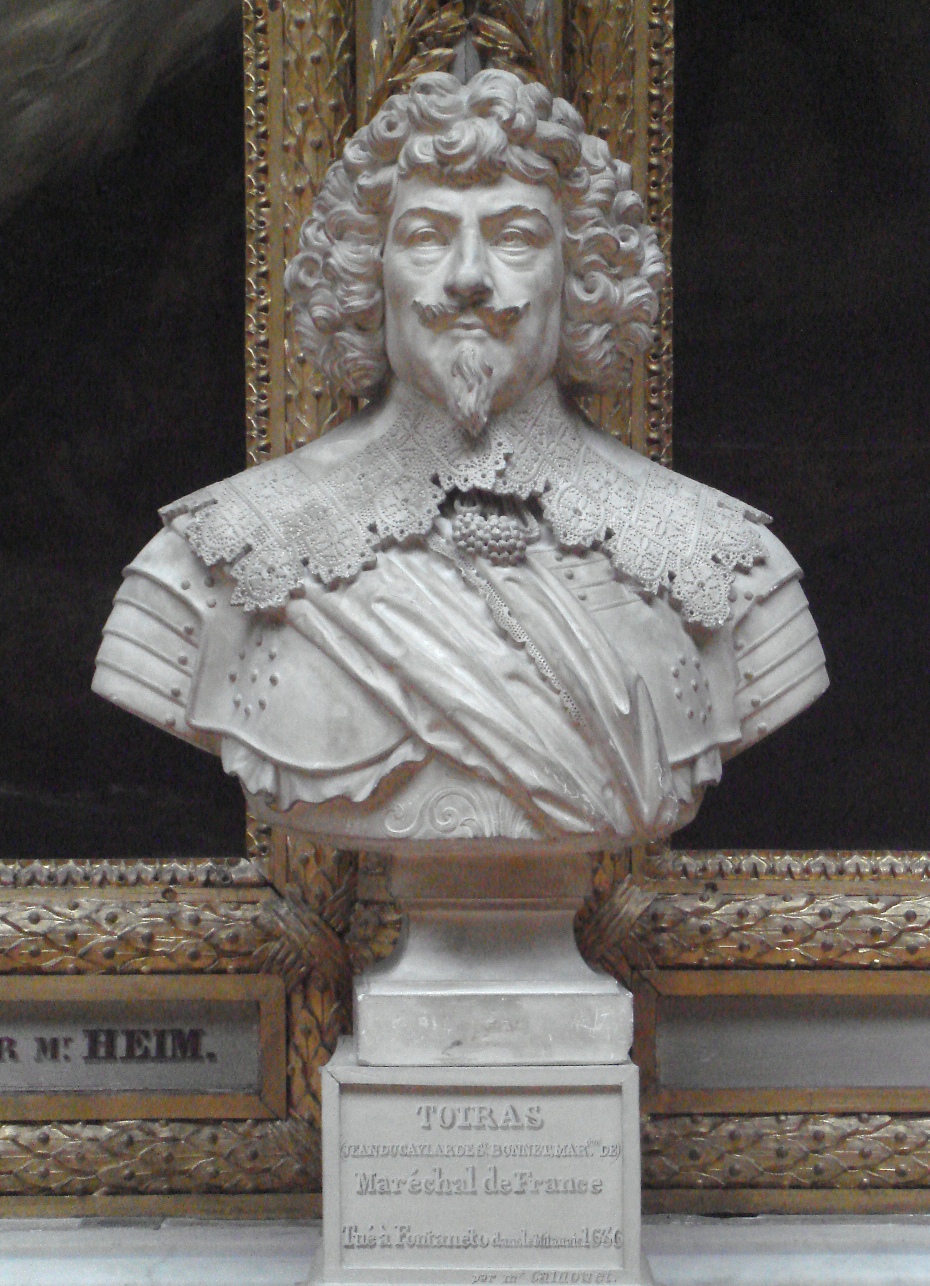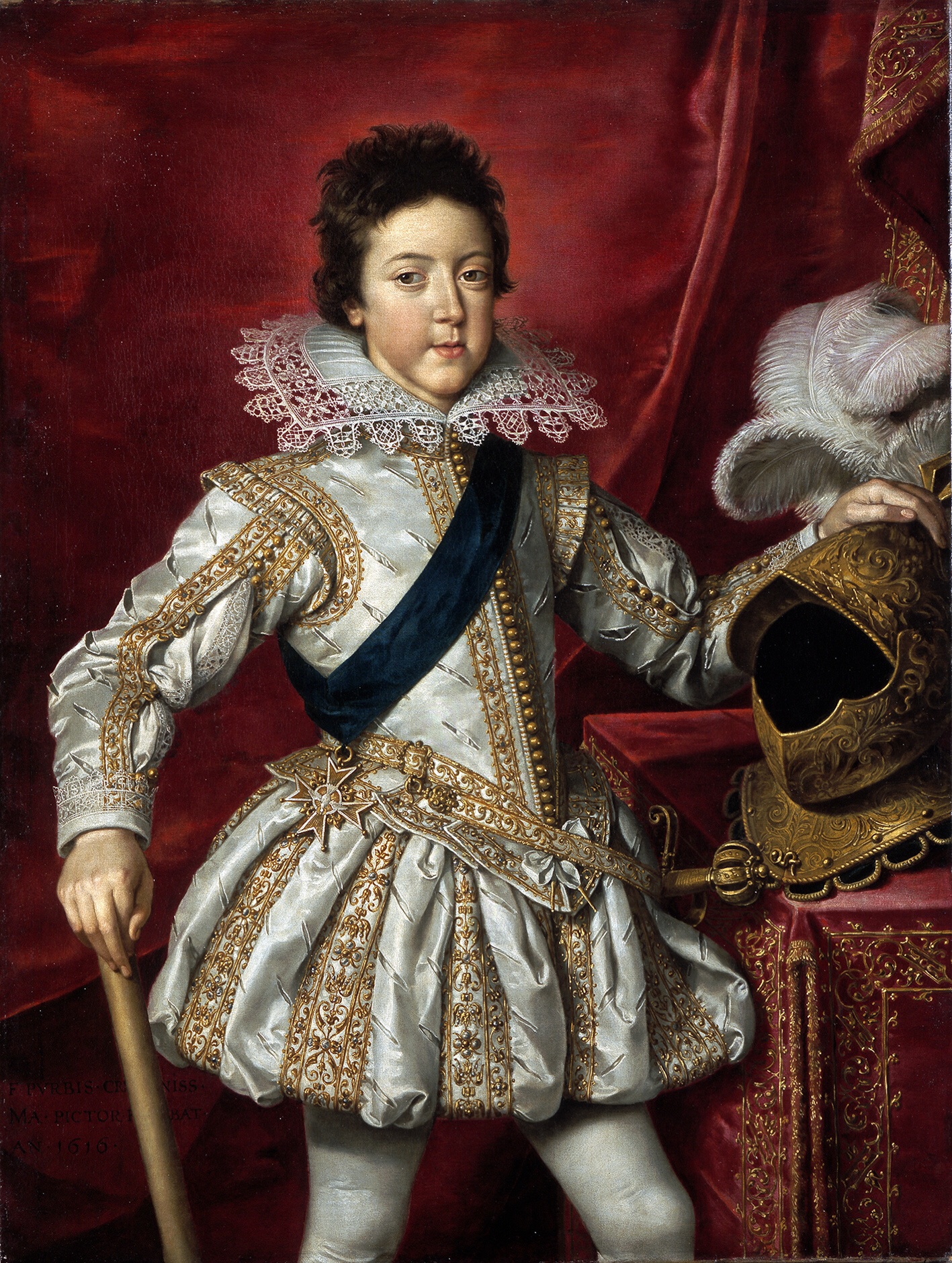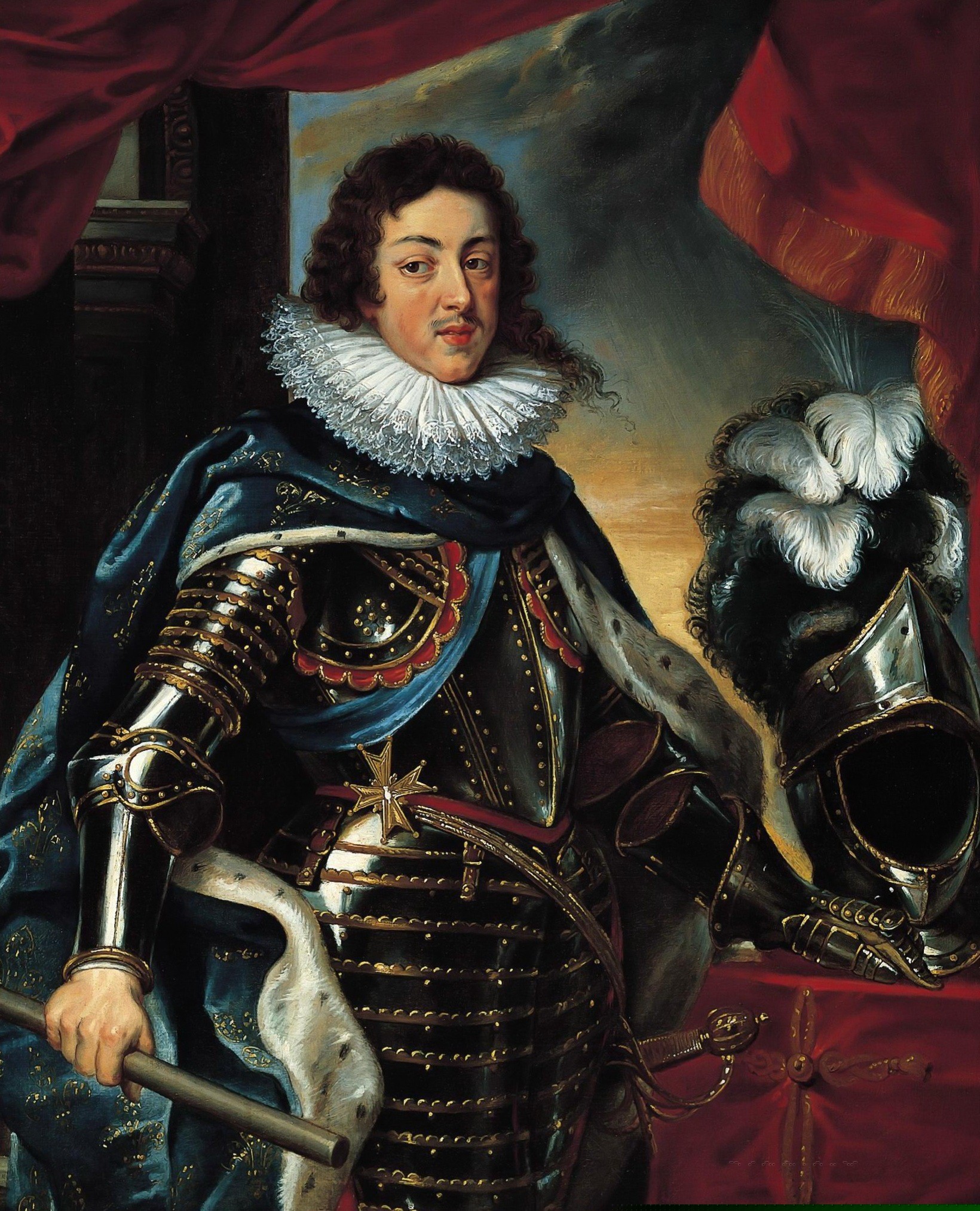|
Loix2011
Loix () is a commune in the south-west of France, located on the north coast of the Île de Ré, in the department of Charente-Maritime (region Nouvelle-Aquitaine). Its inhabitants are called ''Loidais'' and ''Loidaises'' . Geography * Loix is the smallest village and has the smallest port of the island of Ré, and is located in the middle of the salt marshes. It is a peninsula in the island, bordered by the Pier of Ars to the west and the pit of Loix to the east. Only a road, bordered by marshes (and salt marshes) gained over the sea by containment, connects Loix to the rest of the island. * Low shore, pebbles, bay and small beach in the shape of cove in the south east (pit of Loix). * At sea, a lighthouse : the Ilates. Toponymy The origin of the name of the commune seems rather vague. According to the historian Louis-Étienne Arcère, "A decree of Charles V of the year 1372, gives to the Island the name of Loys" It may be noted, however, that in relation to the ancient isl ... [...More Info...] [...Related Items...] OR: [Wikipedia] [Google] [Baidu] |
Communes Of France
The () is a level of administrative division in the French Republic. French are analogous to civil townships and incorporated municipalities in the United States and Canada, ' in Germany, ' in Italy, or ' in Spain. The United Kingdom's equivalent are civil parishes, although some areas, particularly urban areas, are unparished. are based on historical geographic communities or villages and are vested with significant powers to manage the populations and land of the geographic area covered. The are the fourth-level administrative divisions of France. vary widely in size and area, from large sprawling cities with millions of inhabitants like Paris, to small hamlets with only a handful of inhabitants. typically are based on pre-existing villages and facilitate local governance. All have names, but not all named geographic areas or groups of people residing together are ( or ), the difference residing in the lack of administrative powers. Except for the municipal arr ... [...More Info...] [...Related Items...] OR: [Wikipedia] [Google] [Baidu] |
France
France (), officially the French Republic ( ), is a country primarily located in Western Europe. It also comprises of overseas regions and territories in the Americas and the Atlantic, Pacific and Indian Oceans. Its metropolitan area extends from the Rhine to the Atlantic Ocean and from the Mediterranean Sea to the English Channel and the North Sea; overseas territories include French Guiana in South America, Saint Pierre and Miquelon in the North Atlantic, the French West Indies, and many islands in Oceania and the Indian Ocean. Due to its several coastal territories, France has the largest exclusive economic zone in the world. France borders Belgium, Luxembourg, Germany, Switzerland, Monaco, Italy, Andorra, and Spain in continental Europe, as well as the Netherlands, Suriname, and Brazil in the Americas via its overseas territories in French Guiana and Saint Martin. Its eighteen integral regions (five of which are overseas) span a combined area of ... [...More Info...] [...Related Items...] OR: [Wikipedia] [Google] [Baidu] |
Île De Ré
Île de Ré (; variously spelled Rhé or Rhéa; Poitevin: ''ile de Rét''; en, Isle of Ré, ) is an island off the Atlantic coast of France near La Rochelle, Charente-Maritime, on the northern side of the Pertuis d'Antioche strait. Its highest point has an elevation of . It is long and wide. The Île de Ré bridge, completed in 1988, connects it to La Rochelle on the mainland. Administration Administratively, the island is part of the Charente-Maritime department, Nouvelle-Aquitaine (before 2015: Poitou-Charentes). The island is also a part of the Charente-Maritime's 1st constituency. Located in the arrondissement of La Rochelle, Île de Ré includes two cantons: Saint-Martin-de-Ré eastwards and Ars-en-Ré westwards. The island is divided into 10 communes, from East to West: Rivedoux-Plage, La Flotte, Sainte-Marie-de-Ré, Saint-Martin-de-Ré, Le Bois-Plage-en-Ré, La Couarde-sur-Mer, Loix, Ars-en-Ré, Saint-Clément-des-Baleines, Les Portes-en-Ré. Histor ... [...More Info...] [...Related Items...] OR: [Wikipedia] [Google] [Baidu] |
Charente-Maritime
Charente-Maritime () is a department in the Nouvelle-Aquitaine region on the southwestern coast of France. Named after the river Charente, its prefecture is La Rochelle. As of 2019, it had a population of 651,358 with an area of 6,864 square kilometres (2,650 sq mi). History Previously a part of the provinces of Saintonge and Aunis, Charente-Inférieure was one of the 83 original departments created during the French Revolution on 4 March 1790. On 4 September 1941, during World War II, it was renamed as Charente-Maritime. When the department was first organised, the commune of Saintes was designated as the prefecture of the department (Saintes had previously been the capital of Saintonge). This changed in 1810 when Napoleon passed an imperial decree to move the prefecture to La Rochelle. During World War II, the department was invaded by the German Army and became part of occupied France. To provide defence against a possible beach landing by the Allies, the Organ ... [...More Info...] [...Related Items...] OR: [Wikipedia] [Google] [Baidu] |
Nouvelle-Aquitaine
Nouvelle-Aquitaine (; oc, Nòva Aquitània or ; eu, Akitania Berria; Poitevin-Saintongeais: ''Novéle-Aguiéne'') is the largest administrative region in France, spanning the west and southwest of the mainland. The region was created by the territorial reform of French regions in 2014 through the merger of three regions: Aquitaine, Limousin and Poitou-Charentes. It covers – or of the country – and has 5,956,978 inhabitants (municipal population on 1 January 2017). The new region was established on 1 January 2016, following the regional elections in December 2015. It is the largest region in France by area (including overseas regions such as French Guiana), with a territory slightly larger than that of Austria. Its prefecture and largest city, Bordeaux, together with its suburbs and satellite cities, forms the seventh-largest metropolitan area of France, with 850,000 inhabitants. The region has 25 major urban areas, among which the most important after Bordeaux ... [...More Info...] [...Related Items...] OR: [Wikipedia] [Google] [Baidu] |
Charles V Of France
Charles V (21 January 1338 – 16 September 1380), called the Wise (french: le Sage; la, Sapiens), was King of France from 1364 to his death in 1380. His reign marked an early high point for France during the Hundred Years' War, with his armies recovering much of the territory held by the English, and successfully reversed the military losses of his predecessors. Charles became regent of France when his father John II was captured by the English at the Battle of Poitiers in 1356. To pay for the defense of the kingdom, Charles raised taxes. As a result, he faced hostility from the nobility, led by Charles the Bad, King of Navarre; the opposition of the French bourgeoisie, which was channeled through the Estates-General led by Étienne Marcel; and with a peasant revolt known as the Jacquerie. Charles overcame all of these rebellions, but in order to liberate his father, he had to conclude the Treaty of Brétigny in 1360, in which he abandoned large portions of south-west ... [...More Info...] [...Related Items...] OR: [Wikipedia] [Google] [Baidu] |
George Villiers, 1st Duke Of Buckingham
George Villiers, 1st Duke of Buckingham, 28 August 1592 – 23 August 1628), was an English courtier, statesman, and patron of the arts. He was a favourite and possibly also a lover of King James I of England. Buckingham remained at the height of royal favour for the first three years of the reign of James's son, King Charles I, until a disgruntled army officer assassinated him. Early life Villiers was born in Brooksby, Leicestershire, on 28 August 1592, the son of the minor gentleman Sir George Villiers (1550–1606). His mother, Mary (1570–1632), daughter of Anthony Beaumont of Glenfield, Leicestershire, was widowed early. She educated her son for a courtier's life and sent him to travel in France with John Eliot. Villiers took to the training set by his mother: he could dance and fence well, spoke a little French, and overall became an excellent student. Godfrey Goodman (Bishop of Gloucester from 1624 to 1655) declared Villiers "the handsomest-bodied m ... [...More Info...] [...Related Items...] OR: [Wikipedia] [Google] [Baidu] |
Siege Of Saint-Martin-de-Ré
The siege of Saint-Martin-de-Ré, or siege of St. Martin's (French: ''siège de Saint-Martin-de-Ré''), was an attempt by English forces under George Villiers, the Duke of Buckingham, to capture the French fortress-city of Saint-Martin-de-Ré, on the isle of Ré (near La Rochelle), in 1627. After three months of siege, the Marquis de Toiras and a relief force of French ships and troops managed to repel the Duke, who was forced to withdraw in defeat.Fissel, p.123 The encounter followed another defeat for Buckingham, the 1625 Cádiz expedition, and is considered to be the opening conflict of the Anglo-French War of 1627–1629. Landing On 12 July 1627, an English force of 100 ships and 6,000 soldiers, having previously departed from Plymouth Sound, under the command of the Duke of Buckingham invaded the Île de Ré, landing at the beach of Sablanceau, with the objective of controlling the approaches to La Rochelle and encouraging rebellion in the city. Buckingham hoped to ca ... [...More Info...] [...Related Items...] OR: [Wikipedia] [Google] [Baidu] |
Battle Of Pont Du Feneau
The Battle of Pont du Feneau was the last battle of the siege of Saint-Martin-de-Ré by the Kingdom of England, English forces that had come to help the Huguenot rebellions of La Rochelle. It took place on 8 November 1627. The English lost the battle, and this final failure forced them to withdraw back to England. Before the battle English side The English forces, having been defeated earlier that day at the siege of Saint-Martin, pulled back to the village of Loix, where their ships were anchored. Because of bad food, many soldiers in their army were sick. The army was commanded by George Villiers, the first duke of Buckingham, and was composed of 12 infantry regiments and 4 cannons, as well as several volunteer rochelais protestants, all covered by the cavalry, consisting of about 68 horses. Not having seen the French forces since their retreat from Saint-Martin, Buckingham's troops thought the French would not attack and, growing reckless, were neither walking in closed o ... [...More Info...] [...Related Items...] OR: [Wikipedia] [Google] [Baidu] |
Jean Caylar D'Anduze De Saint-Bonnet
Jean Caylar d'Anduze de Saint-Bonnet, Marquis de Toiras (1585–1636), often just called Toiras, was a Marshal of France of the 17th century. Toiras fought against Soubise in the Capture of Ré island in 1625. After his victory, he received the title of Count, and became Governor of Île de Ré. Toiras famously sustained the 3-month Siege of Saint-Martin-de-Ré in Île de Ré by the Duke of Buckingham in 1627. After three months of combat, Toiras managed to repel the Duke of Buckingham, who was forced to withdraw in defeat. He received the highest military distinction of Marshal of France in 1630. Toiras died in Fontaneto d'Agogna near Milan in 1636, during the Thirty Years' War The Thirty Years' War was one of the longest and most destructive conflicts in European history, lasting from 1618 to 1648. Fought primarily in Central Europe, an estimated 4.5 to 8 million soldiers and civilians died as a result of battl .... Notes References * Mark Charles Fissel ''Wa ... [...More Info...] [...Related Items...] OR: [Wikipedia] [Google] [Baidu] |
Louis XIII Of France
Louis XIII (; sometimes called the Just; 27 September 1601 – 14 May 1643) was King of France from 1610 until his death in 1643 and King of Navarre (as Louis II) from 1610 to 1620, when the crown of Navarre was merged with the French crown. Shortly before his ninth birthday, Louis became king of France and Navarre after his father Henry IV was assassinated. His mother, Marie de' Medici, acted as regent during his minority. Mismanagement of the kingdom and ceaseless political intrigues by Marie and her Italian favourites led the young king to take power in 1617 by exiling his mother and executing her followers, including Concino Concini, the most influential Italian at the French court. Louis XIII, taciturn and suspicious, relied heavily on his chief ministers, first Charles d'Albert, duc de Luynes and then Cardinal Richelieu, to govern the Kingdom of France. The King and the Cardinal are remembered for establishing the ''Académie française'', and ending the revolt of ... [...More Info...] [...Related Items...] OR: [Wikipedia] [Google] [Baidu] |
Cardinal Richelieu
Armand Jean du Plessis, Duke of Richelieu (; 9 September 1585 – 4 December 1642), known as Cardinal Richelieu, was a French clergyman and statesman. He was also known as ''l'Éminence rouge'', or "the Red Eminence", a term derived from the title "Eminence" applied to cardinals and the red robes that they customarily wear. Consecrated a bishop in 1607, Richelieu was appointed Foreign Secretary in 1616. He continued to rise through the hierarchy of both the Catholic Church and the French government by becoming a cardinal in 1622 and chief minister to King Louis XIII of France in 1624. He retained that office until his death in 1642, when he was succeeded by Cardinal Mazarin, whose career he had fostered. He also became engaged in a bitter dispute with the king's mother, Marie de Médicis, who had once been a close ally. Richelieu sought to consolidate royal power and restrained the power of the nobility in order to transform France into a strong centralized state. In f ... [...More Info...] [...Related Items...] OR: [Wikipedia] [Google] [Baidu] |





